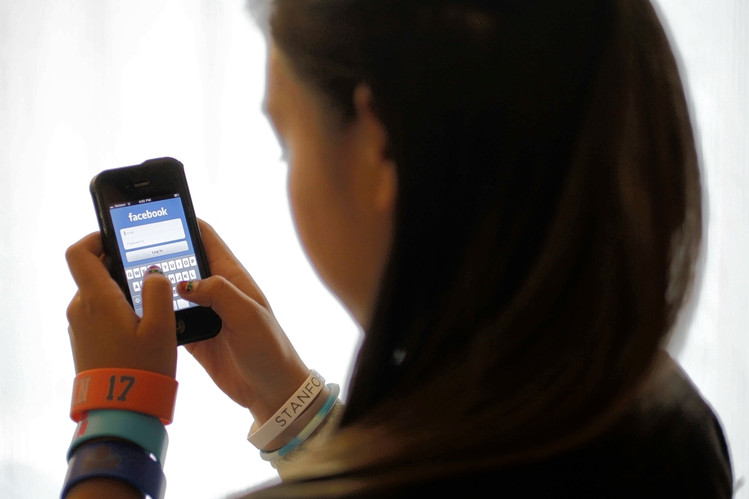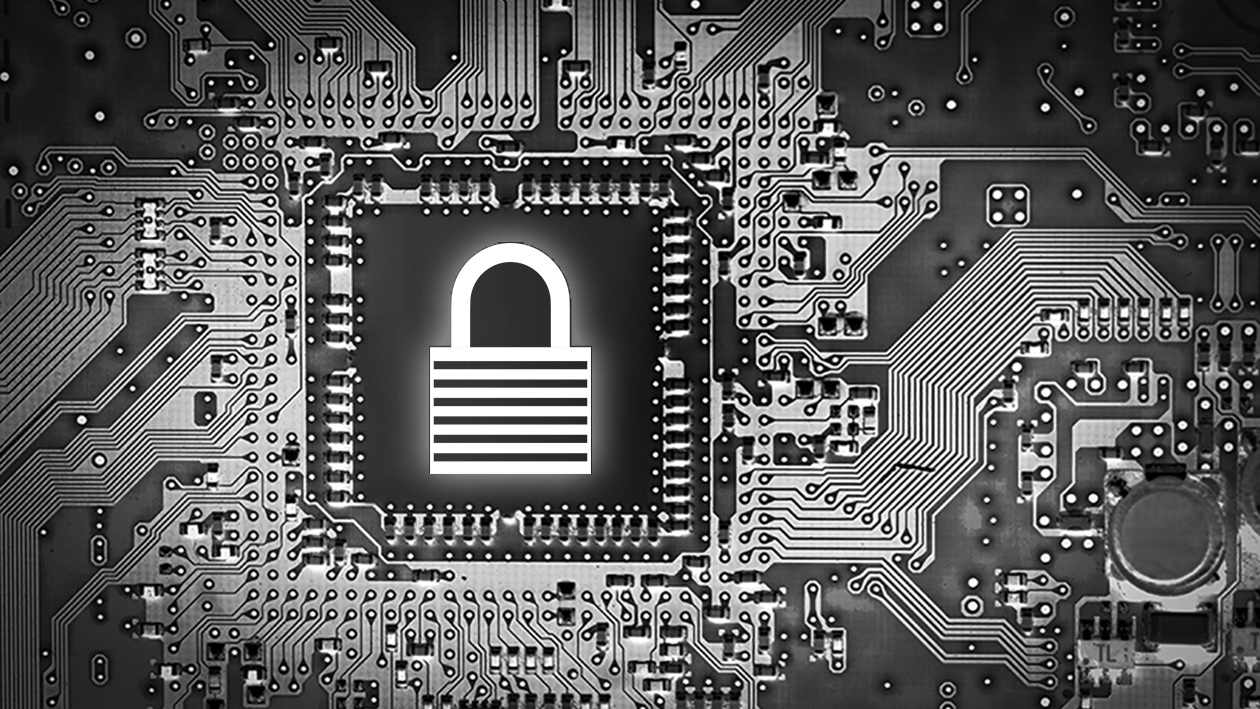An unfortunate fact of the internet age is that cyberbullying is becoming more and more prevalent with each passing year. The practice is defined by Merriam-Webster as the electronic posting of mean-spirited messages about a person (such as a student), often done anonymously. Though it can be easy to dismiss as something innocuous that causes little harm, that often isn’t the case. For many victims of cyberbullying, usually teens, the act can inflict real psychological trauma. Thankfully, TeenSafe, the subscription service that allows parents to monitor their child’s smartphone activity, has become a valuable resource in fighting cyberbullying. Below, we’ll provide an overview of the service and take a look at how it can help parents combat this insidious practice.
Service and Capabilities
TeenSafe allows parents to monitor a range of activities on their child’s smartphone. This includes the ability to view both send and received texts, and even allows parents to view texts that have been deleted. These functions also work with third-party messaging apps, such as WhatsApp or Kik. Additionally, the service affords the ability to monitor phone contacts, call logs, and a child’s web browsing history. Along with these capabilities, the service can display the current location of a child’s smartphone and can also view a history of the smartphone’s past locations.
This service has been recognized as a leading tool for parents who want the added security of being able to monitor their child’s phone usage. It has been featured in numerous media outlets and has been recommended by a number of well-known television personalities. Customer reviews often touch on the ability of the service to open up lines of communication between children and their parents, and also emphasize its use as a tool to teach children about responsibility and independence (TeenSafe Blog).

Online Dangers
One of the primary dangers of the internet is the risk posed by cyberbullying. With the majority of children between the ages of 8 and 17 on social media sites such as Facebook, the opportunity to be victimized by this practice is present at all times. In fact, according to recent data, 25percent of young people say they have been bullied online, and 62percent say they have witnessed the practice taking place. Furthermore, 90percent of children who fall victim to cyberbullying will not tell their parents. That means that in the vast majority of cases, a parent will have no idea when their child is being exposed to such a harmful act.
Though the above statistics are startling in their own right, what is perhaps of equal or greater concern is that many teens will go even further, and actively hide their online behavior from parents. This is a practice that has seen a precipitous rise in recent years. In 2010, 45percent of teenagers admitted that they had taken some action to hide their online activity from their parents, and that number has since climbed to 70percent. These actions can range from clearing browser history, manipulating privacy settings, to even creating fake social media accounts. Furthermore, the types of internet-related behaviors that teens are hiding don’t just stop at cyberbullying, but can also include illegally pirating music or movies, hacking into the social media accounts of others, and even meeting people in-person that they have met online.
Ways Parents Can Help
TeenSafe provides monitoring services to parents so they can better understand their child’s online habits, and are therefore better equipped to identify and prevent any behaviors that might be harmful. In addition to using monitoring tools, the service recommends supplemental actions to help encourage the responsible use of the internet and other modern technologies. The basis of these recommendations rests on a foundation of communication between parents and their children.
By talking with their kids about harmful online behaviors, parents can establish a norm of open discussion. Using the service’s monitoring capabilities can also serve to open this dialogue, as information from monitoring can be used as a topic of conversation. The service also suggests a contract to outline the acceptable use of smartphones. By drawing these types of boundaries, parents can help to establish a level of trust with their children by rewarding behavior that respects the agreed-upon norms.

Privacy and security
The above recommendations are backed by a guarantee of data security while using the service to monitor a child’s activities. The company does not view data collected by the service and it is encrypted in a manner that makes it readable by only the child or parent. This level of security is accomplished through the use of SSL and best data encryption practices.
While these protocols keep data safe from third parties, it’s still important to discuss security and privacy with teens. This is especially relevant in the present day and age, as studies have found that the modern teen often doesn’t value privacy in the same manner as their parents. In fact, a sizable percentage of teens will list personal information such as a phone number on a social media profile. Teaching the importance of privacy will go a long way towards keeping a teen safe.
As cyberbullying becomes more prevalent, it’s becoming a larger topic of conversation throughout our culture. Though the idea that a child may be harmed by the practice is worrying, there are many things that parents can do to keep their teens safe from these types of online actions. By using the monitoring services provided by TeenSafe in conjunction with their other recommendations, parents will find that they’re better equipped to prevent the potential for harm that their children may encounter while using the internet.
More about TeenSafe at https://www.ktnv.com/news/how-to-use-apps-to-track-your-childs-online-behavior






